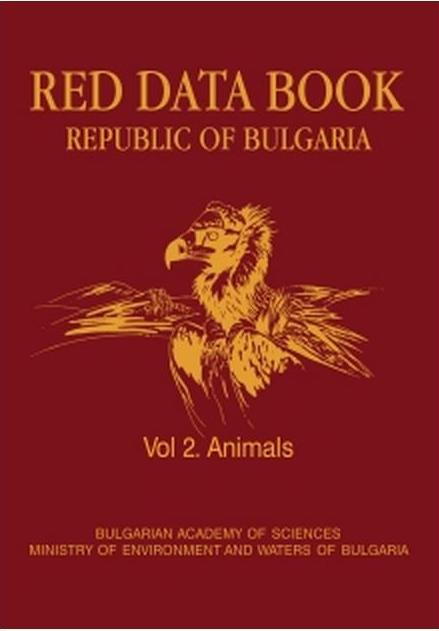What is the Red Data Book
Categories: OTHERS

What is the Red Data Book
The Red Data Book is a public document that records all rare and endangered species of plants, animals, and fungi existing within the boundary of the state or territory. The Red Data Book, also referred to as the Red List also documents some local subspecies of animals, plants, and fungi in the particular region, prone to extinction. In simple terms, it is a catalogue of species facing the risk of extinction. The International Union and Conservation of Nature and Natural Resources (IUCN) maintains the Red Data Book. The IUCN was founded in 1965 with an aim to conserve nature and promote sustainable utilisation of natural resources. The IUCN is now called World Conservation Union (WCU), and its headquarters are located at Morges, Switzerland. The book aims to help researchers in designing efficient measures to protect and secure endangered species. In addition, the Red Data Book gives essential information for monitoring programmes on the habitats of all endangered and rare species.
According to the IUCN (1966), the aim and objectives of the Red Data Book are:
1. To provide evidence-based information with respect to the situation of all species and subspecies worldwide.
2. To provide valuable insights into biodiversity so that effective actions are taken to conserve biological diversity.
3. To highlight the pace at which species are becoming endangered and extinct.
4. To serve as a basis for research and studies of all endangered species on the planet.
The Red Data Book consists of colour-coded information sheets where each colour represents a specific meaning:
1. Amber colour represents all vulnerable species.
2. Black colour represents all extinct species.
3. Red colour represents all endangered species.
4. White colour represents all rare species.
5. Green colour represents all species that are out of danger. The species which were previously endangered but whose number started to recover fall under this category.
6. Grey colour represents all endangered, rare, and vulnerable species, but enough information is unavailable to accurately classify them.